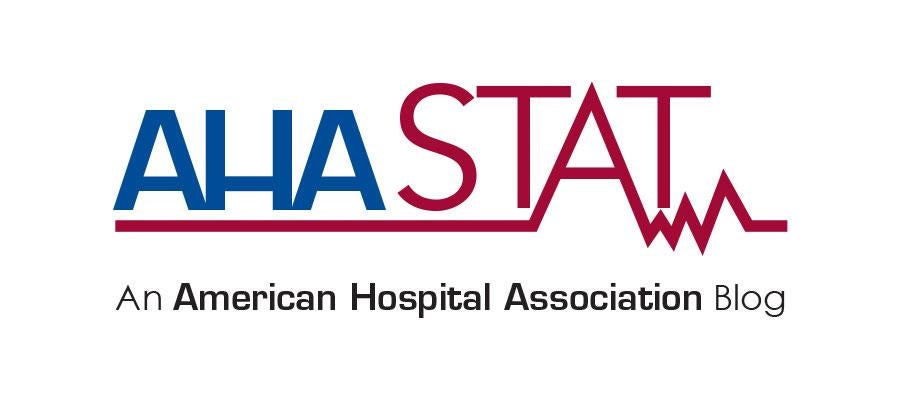Resources for World Mental Health Day and Beyond

Though we recognize World Mental Health Day on Oct. 10, protecting and improving access to behavioral health services and the well-being for both health care workers and the patients they serve is a year-round commitment – one that AHA keeps at the center of our work. Today we’re proud to share some recent AHA resources surrounding behavioral health; more information and resources are available here, and more will be added as we continue our work.
- A guide developed through the Suicide Prevention in the Health Care Workforce Collaborative, which was generated though a multi-year partnership between AHA and the Centers for Disease Control and Prevention aiming to mitigating suicide and burnout among health care workers. The collaborative was made up of hospitals and health care systems who adopted an intervention, tracked their progress and reported on their challenges and successes. The guide, released last year, provided evidence-based solutions to identify and combat the three most common drivers of suicide in the health care workforce: job stressors, stigma and access to care. You can read the stories of hospitals who participated in the collaborative here.
- A primer on the benefits of integrating behavioral and physical health. Integration is a top priority at AHA, as it benefits patients, health care workers and hospitals and health systems in a variety of ways. “Integrating Physical and Behavioral Health: The Time is Now” lays out the benefits of integration. Learn more about such integration here.
- We continue to offer compelling, helpful infographics on topics such as maternal mental health and “Fast Facts” about behavioral health.
- Our popular “People Matter, Words Matter” poster series, are designed to be printed out and displayed prominently to encourage the use of non-stigmatizing language around such topics as suicide, pediatric and adolescent mental health, and substance use disorders.
- Our Advancing Health Podcast continues to feature leaders in behavioral health care. Recent episodes have included topics such as pediatric behavioral health needs, addressing loneliness, and integration.
These resources provide guidance and a look at how every health system – regardless of size, location or funding – can take steps to protect and preserve the mental health of their workers and patients. These are challenging times, but armed with information, ideas and evidence-based approaches, we can make a difference, celebrate our collective successes and learn from our counterpart’s breakthroughs.

